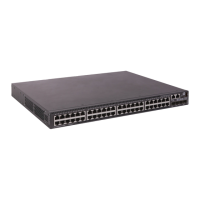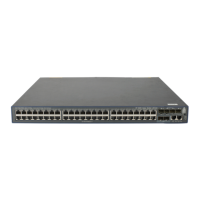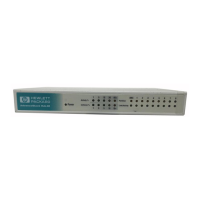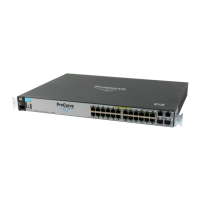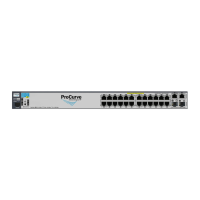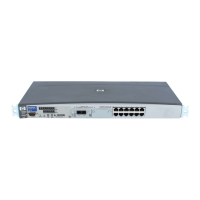152
Enabling an interface to send small hello packets
IS-IS messages cannot be fragmented at the IP layer because they are directly encapsulated in
frames. Any two IS-IS neighboring routers must negotiate a common MTU. To avoid sending big
hellos to save bandwidth, enable the interface to send small hello packets without CLVs.
To enable an interface to send small hello packets:
1. Enter system view.
system-view
N/A
2. Enter interface view.
interface
interface-type
interface-number
N/A
3. Enable the interface to send
small hello packets without
CLVs.
isis small-hello
By default, the interface can send
standard hello packets.
Configuring LSP parameters
Configuring LSP timers
1. Specify the maximum age of LSPs.
Each LSP has an age that decreases in the LSDB. Any LSP with an age of 0 is deleted from the
LSDB. You can adjust the age value based on the scale of a network.
To specify the maximum age of LSPs:
1. Enter system view.
system-view
N/A
2. Enter IS-IS view.
isis
[ process-id ]
[
vpn-instance
vpn-instance-name ]
N/A
3. Specify the maximum LSP
age.
timer lsp-max-age
seconds
The default setting is 1200
seconds.
2. Specify the LSP refresh interval and generation interval.
Each router needs to refresh its LSPs at a configurable interval and send them to other routers
to prevent valid routes from aging out. A smaller refresh interval speeds up network
convergence but consumes more bandwidth.
When network topology changes such as neighbor state, interface metric, system ID, or area ID
changes occur, the router generates an LSP after a configurable interval. If such a change
occurs frequently, excessive LSPs are generated, consuming a large amount of router
resources and bandwidth. To solve the problem, you can adjust the LSP generation interval.
When network changes are not frequent, the minimum-interval is adopted. If network changes
become frequent, the LSP generation interval increases by incremental-interval × 2
n-2
(n is the
number of calculation times) each time a generation occurs until the maximum-interval is
reached.
To specify the LSP refresh interval and generation interval:
1. Enter system view.
N/A
2. Enter IS-IS view.
isis
[ process-id ] [
vpn-instance
vpn-instance-name ]
N/A

